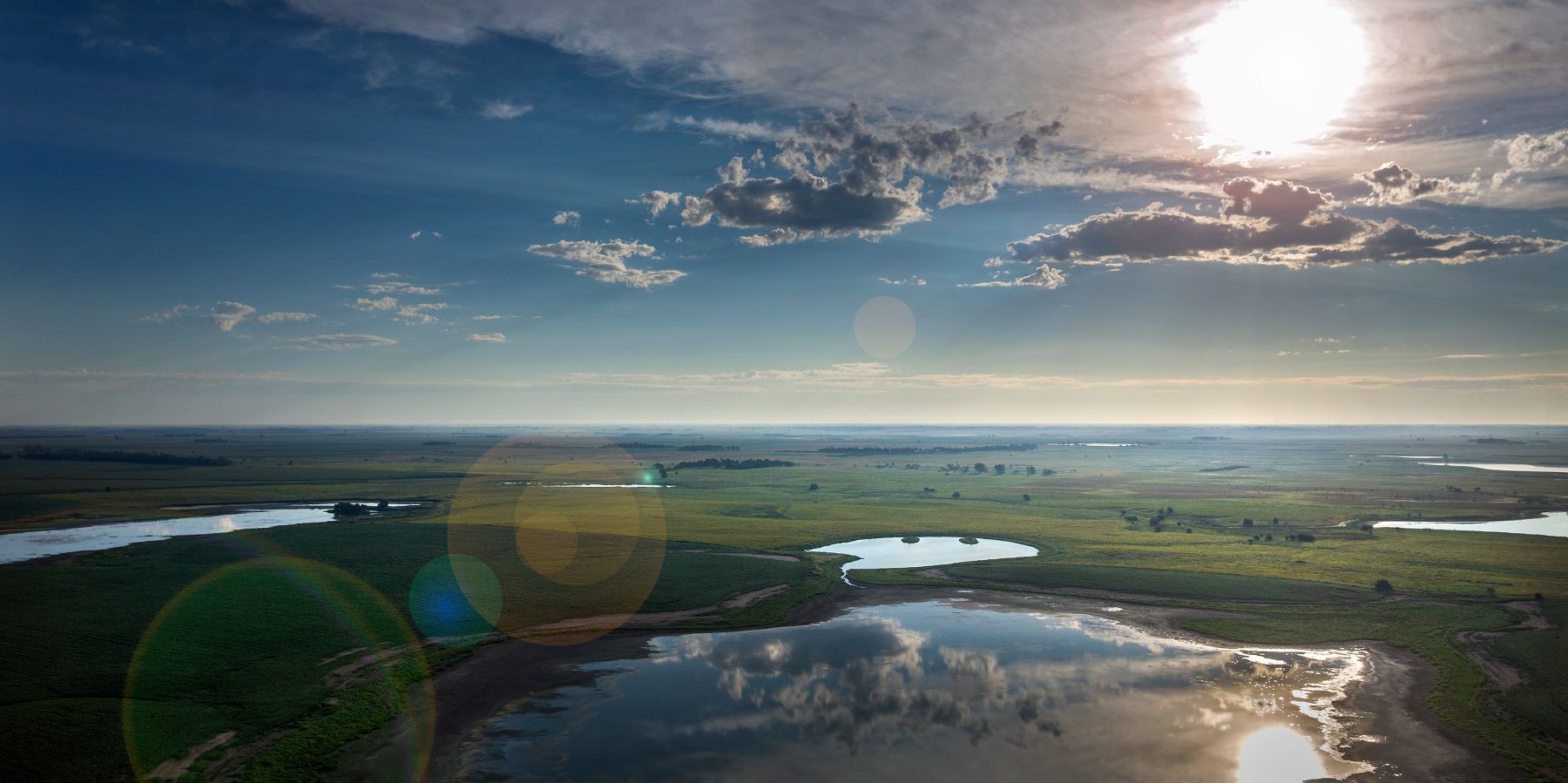The new administrator for the U.S. Environmental Protection Agency (USEPA), Lee Zeldin, announced the Federal agency will deliver on President Donald Trump’s promise to review several rules. One of the first on the to-do list is revising the definition of the Waters of the United States (WOTUS) Rule.
The Trump Administration cites the U.S. Supreme Court’s decision in Sackett v. Environmental Protection Agency as the reason for the WOTUS revision. The lawsuit was brought against USEPA by Idaho landowners who wanted to build a home on property the Biden Administration USEPA considered a wetland according to its interpretation of the Clean Water Act (CWA). The Supreme Court’s 5-4 ruling in favor of Michael and Chantell Sackett in 2023 determined the wetlands on the Sacketts’ property are distinguishable from wetlands covered under the CWA. USEPA updated the definition of WOTUS after the Supreme Court decision to match the ruling.
The USEPA and U.S. Army Corps of Engineers (USACE) will begin the review of WOTUS by obtaining input from stakeholders before undertaking a rulemaking process to revise the 2023 definition of WOTUS. Public comments about WOTUS will be accepted via the Federal Register until April 23, 2025.
USEPA and USACE also plan to hold listening sessions online and in-person during April and May. Two sessions will be open to the public, and one will be held for each of the following: States, Tribes, industry/agricultural interests, and environmental/conservational stakeholders. Registration information and the schedule can be found on the USEPA website and below.
- States Listening Session: April 29, 2025, from 9:30 a.m. – 12:00 p.m. CDT (Virtual and at USEPA Headquarters in Washington, D.C.)
- Tribes Listening Session: April 30, 2025, from 1:00 – 3:30 p.m. CDT (Virtual)
- Industry & Agriculture Listening Session: May 1, 2025, from 9:30 a.m. – 12:00 p.m. CDT (Virtual and at USEPA Headquarters in Washington, D.C.)
- Environmental & Conservation Listening Session: May 1, 2025, from 1:00 – 3:30 p.m. CDT (Virtual and at USEPA Headquarters in Washington, D.C.)
- Public Listening Sessions: To be Announced
While the rulemaking process proceeds, USEPA says it will provide guidance to States implementing the pre-2015 definition of WOTUS to ensure consistency.
The review conducted by USEPA will reportedly be guided by the Supreme Court’s decision in Sackett v. Environmental Protection Agency, which stated that the CWA use of “waters” encompasses only those relatively permanent, standing or continuously flowing bodies of water forming streams, oceans, rivers and lakes. The Sackett decision also clarified that wetlands would only be covered when having a continuous surface connection to waterbodies that are “waters of the United States” in their own right.
To access additional information, visit the USEPA’s Waters of the United States webpage.

